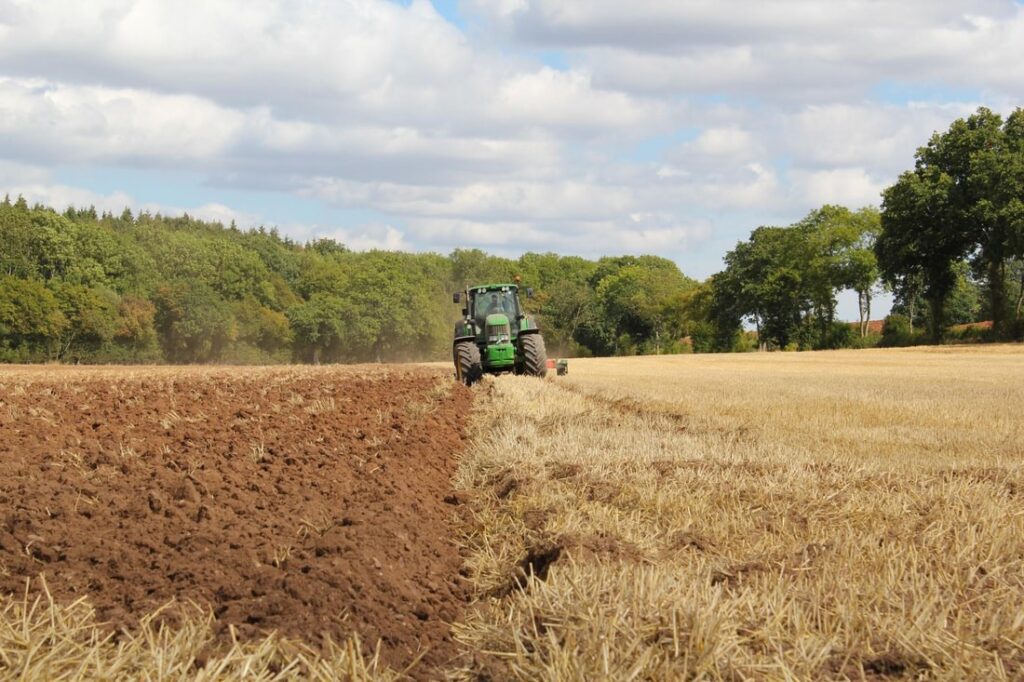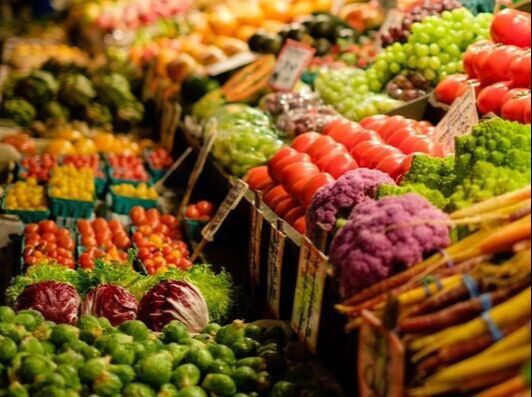
Unpacking the Food Waste Crisis
It’s estimated that 1.3 billions tons of food are wasted worldwide – every single year. Not only is that one-third of all the food produced annually, but it’s also enough to feed 815 million hungry people four times over.
Food waste is a global problem. Behind the illuminated shelves of products displayed in grocery shops, the environment suffers in innumerable ways. From the agricultural practices and transportation of produce to consumer habits and unreliable labels, desperately required food is thrown out without a second thought.

Credit: Ja Ma, Unsplash
Food waste is food fit for human consumption that has been discarded. This is due to numerous factors, from farm to table, and abuses important resources along the way.
The process of food waste
Produce is lost even before it leaves the farm. Due to the incredible high aesthetic standards both retailers and consumers have, many perfectly safe, healthy, and edible products are tossed simply because of their looks.

Credit: Tim Mossholder, Unsplash

Credit: Richard Bell, Unsplash

Credit: Thomas Le, Unsplash
Customers also expect their local shops to be stocked to the brim and spoiled for choice. To supply this demand, stores stuff their shelves, leaving the background stock to slowly expire while never receiving a second glance.Labels also play a big part in food waste. ‘Best Before’ and ‘sell by’ dates are not accurate – they’re a farmer’s assumption. But because we’re prone to handing over our unyielding trust to these labels, we tend to throw away an abundance of edible produce simply because the label doesn’t permit it so.
Finally, enter the restaurant. Many restaurants abide by a high standard, which is understandable, but many also follow this as a ‘no leftovers allowed’ policy. Tons of edible food is discarded just because it’s seen as unwanted when these items could go to feeding the hungry.

Credit: Joshua Hoehne, Unsplash
When food is abandoned, it’s never just the product itself that’s discarded. It’s also the litres of water required to make that item, the land it needs to grow, and the fuel it took to both harvest and transport. All are generally highly unsustainable practices and cost the earth as much as it does the farmer.The human population is expected to explode up to 9.8 billion people by 2050. If we don’t change the way we think about food, there will be tons more food waste that have used an immeasurable amount of finite resources to create. And there will still be starving people peppering the world.

Credit: Tomas Hertogh, Unsplash
Sustainable solutions to food waste
Globally, there are a few things that need to be done. First, developing countries need to receive better training and education on the matter, as well as improved technology to help them better reap the rewards and fruits of their labour – literally.Secondly, the technology required to plant, grow, sustain, harvest, and process crops need to shift from a dependency on fossil fuels to a reliance on renewable energy.
Thirdly, it’s vital that we as consumers transform both the way we perceive products and how we shop.
Finally, all produce that is essentially on its way to waste needs to change its directory and be donated instead of tossed. Simple as that!
Food waste is a rising and persistent issue across the globe. But even you as an individual have the power to change the trajectory of this issue. Be mindful, consume with awareness, and donate your unwanted food.




